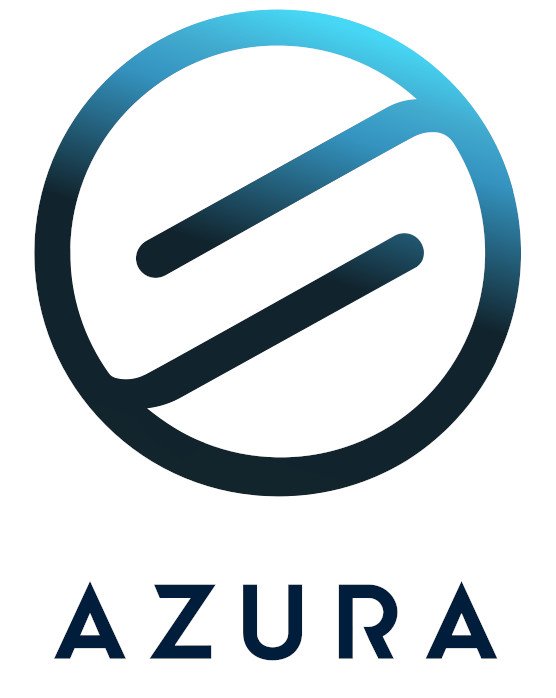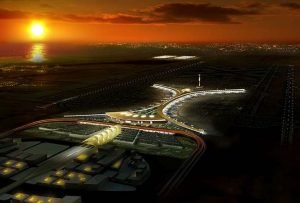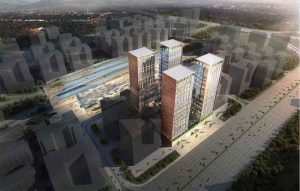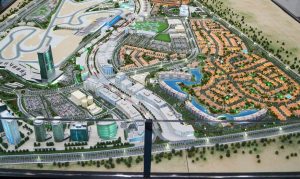Bridging the Gap with 4G LTE Optimization
4G LTE optimization is crucial as it continues to support a vast array of devices and services globally. Techniques like Carrier Aggregation in 4G LTE and beamforming technology for LTE networks are employed to enhance coverage, increase capacity, and improve overall network efficiency.
- Carrier Aggregation: This technique allows for increased bandwidth and faster data speeds by combining multiple frequency bands.
- Beamforming: This focuses signals towards specific users rather than broadcasting in broad directions, improving signal strength and efficiency.
Strategic spectrum optimization and the implementation of advanced antenna configurations aim to optimize the 4G LTE network for better performance, ensuring a seamless user experience during the 4G to 5G transition.
Embracing the 5G Horizon
The rollout of 5G technology marks a revolutionary leap forward, characterized by ultra-fast speeds and remarkably low latency. The future of telecommunication networks lies in technologies like small cells for 5G deployment, massive MIMO applications, and the exploration of mmWave technology limitations.
- Small Cells: Enhance coverage and capacity in densely populated areas.
- Massive MIMO: Uses numerous antennas at a single cell site to increase capacity and spectrum efficiency.
- mmWave Technology: Offers high bandwidths and speeds, ideal for urban areas but with limitations in range and building penetration.
Network slicing in 5G technology allows for the creation of tailored networks to meet specific needs, such as enhanced mobile broadband and ultra-reliable communications.
The Cornerstone of Connectivity: Coverage and Capacity Planning
Mobile network coverage planning and mobile network capacity planning are critical in managing the increased demand for mobile data. Sophisticated models like the Okumura-Hata model for coverage prediction and the COST231 model for LTE and 5G planning are essential tools.
- Okumura-Hata Model: Predicts radio-frequency propagation and signal attenuation in urban environments.
- COST231 Model: Extends the Okumura model to cover different frequencies and environments, including suburban and rural areas.
Best practices for mobile network capacity planning involve traffic analysis and resource allocation to support an ever-growing ecosystem of users and devices. The role of expert consultation in 5G network design is invaluable, providing insights and strategies critical for overcoming the challenges of deployment and ensuring robust network performance.
The transition from 4G LTE to 5G is a testament to the telecommunications industry’s relentless pursuit of innovation, marking a new chapter in our quest for universal connectivity. As we navigate the complexities of this digital transformation, the importance of strategic planning and expert consultation cannot be overstated, ensuring the successful realization of the vast potential that 5G holds.
Embrace the 5G Revolution with Expert Guidance
Azura Consultancy Experts in Advanced Telecommunications
Azura Consultancy leverages deep industry expertise to assist clients with advanced project requirements in the rapidly evolving telecommunications landscape. Specializing in the transition from 4G LTE to 5G networks, our consultants offer strategic insights into carrier aggregation, beamforming technology, and the implementation of small cells and massive MIMO applications. With a robust understanding of mmWave technology limitations and the application of predictive models like the Okumura-Hata and COST231 for accurate coverage and capacity planning, Azura Consultancy is uniquely equipped to guide clients through the complexities of network design and optimization. Whether it’s enhancing mobile network capacity planning, navigating the challenges of 5G implementation, or harnessing the benefits of network slicing for tailored connectivity solutions, our team ensures that clients are well-positioned to capitalize on the future of telecommunication networks, securing a competitive edge in a digitalized global market.


















